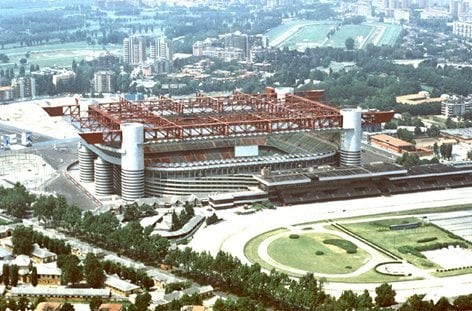San Siro, the iconic stage of countless derbies and European nights, is set for a new chapter. Milan’s city council has approved its €197 million sale to AC Milan and Inter, paving the way for a modern stadium on the same historic ground. The move could reshape not only the clubs’ future but also the landscape of Italian football.
The old Italian regime :
For decades, most stadiums in Italy have been owned by the local governments, not clubs. That kept the grounds public but left teams with little power. Renovations dragged, revenues stayed low, and compared to England or Spain, Italian football fell behind. Clubs could not fully control ticketing, corporate boxes, or commercial events, which meant even top teams like AC Milan and Inter missed out on major revenue opportunities.
Bureaucracy often delayed modern upgrades, and plans to build new stadiums were slowed or blocked by city councils. While this system preserved tradition and public access, it also prevented Italian clubs from matching the financial muscle of their European rivals.
What it means for the Italian Giants :
The approval of the sale for €197 million changes everything. For the first time, both AC Milan and Inter can control their own home. Ownership gives them the freedom to build a 71,500-seat state-of-the-art stadium, designed by Foster + Partners and Manica, and to redevelop the wider San Siro district into a modern hub of shops, entertainment, and public space.
A privately owned stadium means new income streams. Naming rights, VIP hospitality, concerts, and events all year round can bring in tens of millions each season. That money strengthens both clubs in the transfer market and narrows the gap with Europe’s wealthiest teams, something Italian clubs have struggled to do for years.
Balancing Heritage with Progress :
San Siro has hosted World Cups, Champions League finals, unforgettable derbies, and will even stage the 2026 Winter Olympics opening ceremony. While much of it will make way for the new project, part of the second tier will remain as a tribute to its legacy. The plan is to carry the stadium’s soul forward while stepping into the future.
A Turning Point for Italian Football :

This deal is bigger than just Milan. If Inter and AC Milan prove that private ownership and modern stadiums can thrive in Italy, other clubs could follow. It might finally push Italian football past decades of bureaucracy and hesitation, opening a new chapter for the game


